The Environmental Impact of Heat Exchangers
The Environmental Impact of Heat Exchangers
Heat exchangers, ubiquitous in different businesses, play a imperative part in thermal administration but moreover pose natural considerations. Choosing economical arrangements and understanding the natural affect of heat exchangers is crucial for cultivating eco-friendly practices. Let’s delve into the natural perspectives and investigate the environmental impact of heat exchangers:
1. Energy Efficiency and Carbon Footprint:
Environmental Impact:
- Inefficient heat exchangers can lead to expanded energy utilization, contributing to higher nursery gas emissions and a bigger carbon footprint.
Sustainable Solution:
- Decide on energy-efficient heat exchangers outlined to maximize thermal exchange whereas minimizing energy input. Standard maintenance and appropriate measuring can too improve effectiveness.
2. Materials and Resource Use:
Environmental Impact:
- The generation of heat exchangers frequently includes the utilize of materials such as metals, which can have natural suggestions. Extraction, preparing, and transportation of raw materials contribute to resource consumption and energy consumption.
Sustainable Solution:
- Select heat exchangers made from reused or dependably sourced materials. Consider the overall life cycle of the heat exchanger, counting manufacturing, utilize, and end-of-life contemplations.
3. End-of-Life Disposal:
Environmental Impact:
- Inappropriate transfer of heat exchangers can result in natural contamination, particularly in case they contain hazardous materials or are not recycled.
Sustainable Solution:
- Decide on heat exchangers planned for easy dismantling and reusing. Select materials that are recyclable and investigate choices for repurposing or reusing components.
4. Water Usage and Conservation:
Environmental Impact:
- Certain sorts of heat exchangers may include water utilization for cooling purposes, possibly affecting local water assets.
Sustainable Solution:
- Consider water-efficient heat exchanger plans, and explore choices like air-cooled systems to diminish dependence on water for cooling. Actualize water reusing or closed-loop systems where appropriate.
5. Chemical Substances and Refrigerants:
Environmental Impact:
- A few heat exchangers, particularly those in HVAC systems and refrigeration, utilize chemical substances or refrigerants that can contribute to ozone consumption or global warming.
Sustainable Solution:
Select heat exchangers with naturally inviting refrigerants or investigate elective advances that utilize common refrigerants with lower environmental impact.
6. Local Environmental Impact:
Environmental Impact:
- The operation of large-scale industrial heat exchangers, particularly in manufacturing and power generation, can affect nearby air and water quality.
Sustainable Solution:
- Execute emission control measures and advances to play down the discharge of pollutants. Customary environmental impact assessments can direct improvements in operational practices.
7. Renewable Energy Integration:
Environmental Impact:
- The source of energy utilized for heat exchanger operation can altogether impact its environmental impact. Reliance on non-renewable energy sources may contribute to environmental corruption.
Sustainable Solution:
- Consider joining heat exchangers into systems fueled by renewable energy sources such as solar or wind. This not as it were diminishes dependence on fossil fills but too adjusts with sustainable energy practices.
8. Lifecycle Assessment:
Environmental Impact:
- Conducting a lifecycle assessment of heat exchangers makes a difference assess their in general environmental impact, counting manufacturing, utilize, and transfer stages.
Sustainable Solution:
- Select heat exchangers with a favorable lifecycle evaluation, considering variables like energy efficiency, fabric choice, and end-of-life considerations.
Making educated choices almost heat exchangers includes assessing their environmental impact comprehensively. By selecting economical arrangements, grasping energy productivity, and considering the total lifecycle of these components, we will relieve the environmental footprint related with thermal management processes.
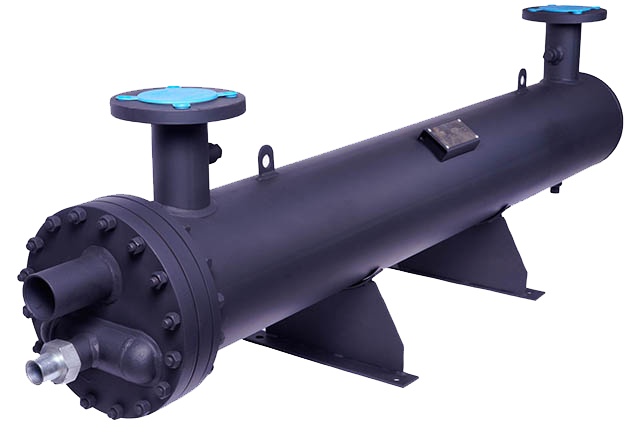


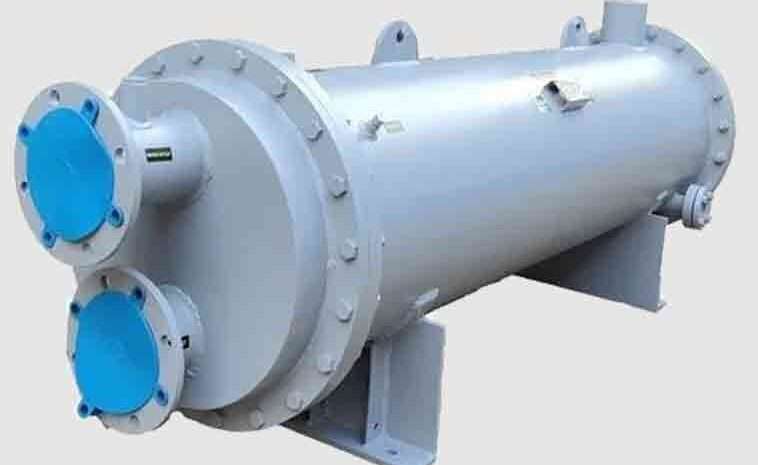
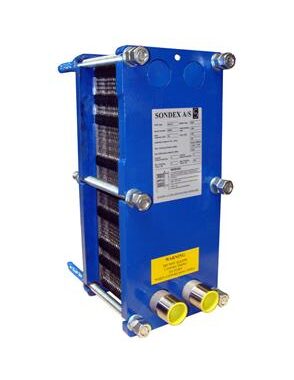
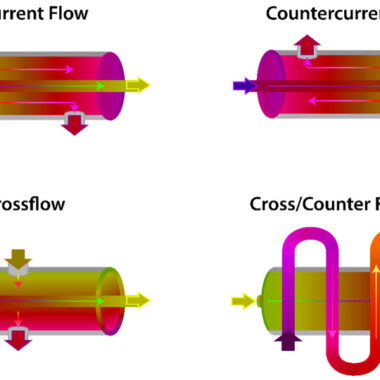
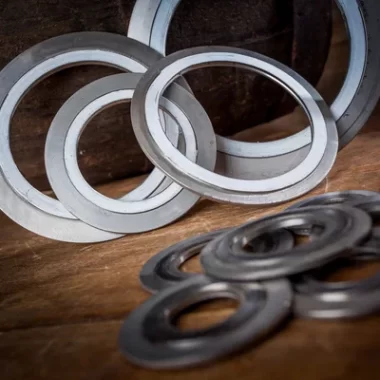
How Heat Exchangers Help Vehicles Run Efficiently ? - Cool Fab Equipments April 22, 2024 at 9:08 pm
[…] exchangers, such as radiators and oil coolers, help control engine temperatures by disseminating abundance heat created amid combustion. Radiators exchange heat from the engine coolant to the encompassing discuss, whereas oil coolers […]